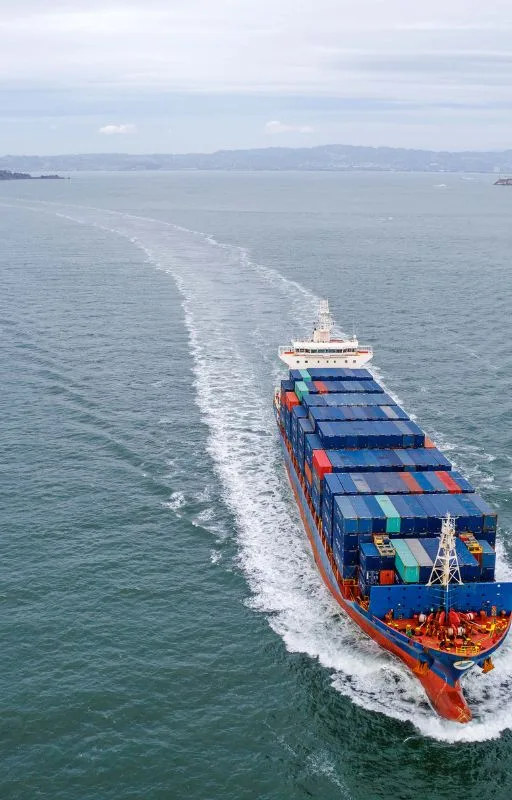Geopolitics of the Indian Ocean
INTRODUCTION
Indian Ocean with an estimated area of about 7,442,700 sq km. is the third largest ocean in the world after the Pacific Ocean and the Atlantic Ocean. Although the Indian Ocean is much smaller in size than the Pacific and Atlantic Oceans, it is of immense importance for us because it is located in south India. This is the only ocean in the world to be named after the name of a country, i.e., Indian Ocean after India.
It is bounded by South Asia in the north, Indonesian islands and Australia in the east and by Africa in the west. The meridian of Cape of Tasmania (147 degree E) forms a boundary line dividing line between the Atlantic Ocean and the Indian Ocean. In the south, it extends to the Antarctic continent from where it merges with the Atlantic and the Pacific.
The Indian Ocean has great strategic importance for India. The ¨ landlocked ¨ nature of the Indian Ocean has given India a commanding position. From the Eastern coast of Africa and the shores of the Persian Gulf to the strait of Malacca, no other country rivals India´s dominant location in the Indian Ocean. The strategic import of this ocean is further enhanced by the fact that it is accessible from the west and the east through narrow straits only. The Red sea and the Persian Gulf are the narrow outlets in the west while in the east, there are the Strait of Malacca and the Timore and Arafura sea.
The Indian Ocean has limited outlets. Before the opening of the Suez canal in 1869, the only contact of littoral states of the Indian ocean with the western countries was via Cape of Good Hope by circumnavigating the whole continent of Africa. On the eastern side there are two outlets – one through the islands of Indonesia and the second is the south of Australia. The Indian Ocean can be choked any time by controlling these outlets, Since the Indian Ocean and the countries surrounding it are very rich in natural resources, such as possibility has considerably enhanced the geopolitical strategy of this ocean.
In spite of above mention geopolitical limitations, the Indian Ocean has never been a barrier between the countries. On the contrary it has served as a great linkage between the countries lying on its coasts and even further beyond. We can reach West Asia, Africa and Europe from the west coast and south East Asia, Far East and Oceania from the eastern coast. The Indian Ocean thus, bridges a gap between east and west. this ocean is encircled by 46 countries (27 littoral Ocean, 7 islands countries and 12 landlocked countries as recognised by the U.N.), with great diversity in almost every respect; shape, size, people, resources, economy, polity, culture etc.
The Indian Ocean is endowed with rich variety of natural resources of which mineral and power resources as well as food resources are very important. Some of the resources are briefly described as under:
AGGREGATES (Geopolitics of the Indian Ocean)
Marine aggregates comprise sand, gravel or shell deposits and are used primarily in the construction industry. they are, at present the most important commodities mined offshore, both quantitatively and by value. They are mainly found on the continental shelves. Offshore calcareous deposits are formed by fragmentation of shells by waves and currents. These are used for manufacturing cement.
PLACERS
Placer deposits are concentrations of heavy, resilient, and chemically resistant minerals eroded from existing ore bodies by mechanical weathering. Such deposits include native gold, native, platinum, tin, titanium, magnetite, zirconium, Monozite and gemstones. In the Indian ocean, such placers are found along the coasts of Sri Lanka.
Conclusion
The Indian Ocean holds strategic significance in global geopolitics, serving as a vital maritime thoroughfare connecting the major economics of Asia, Africa and the Middle East. The region´s geopolitical landscape is shaped by the interplay of the economic interests, security concerns, and geopolitical rivalries among nations. As countries vie for control over critical sea lanes, such as the Strait of Malacca, geopolitical tensions escalate, influencing alliances and shaping the balance of power in this Geopolitically crucial expanse.


